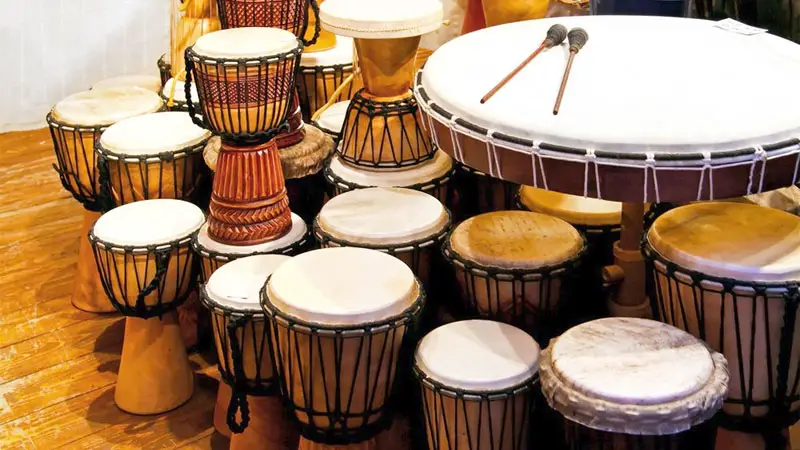There are two types of musician: People who think percussion is the easiest family of instruments to play, and those who play them. What makes them so difficult is that each instrument either produces a single or limited number of tones, or must be struck in very specific ways.
One of the most diverse types of instruments in the world is the drum. With literally hundreds of different drums created throughout human history, it’s hard to get a decent cross-section.
The following are a few common drums, as well as several Native American drums which have managed to survive the loss or near-loss of their cultures and even their names.
You’ve probably heard of a few items on this list, but there are so many different types of drums out there that one could write an entire book on them.
Related: 11 Types of Tubas
Types of Drums
1. Ashiko
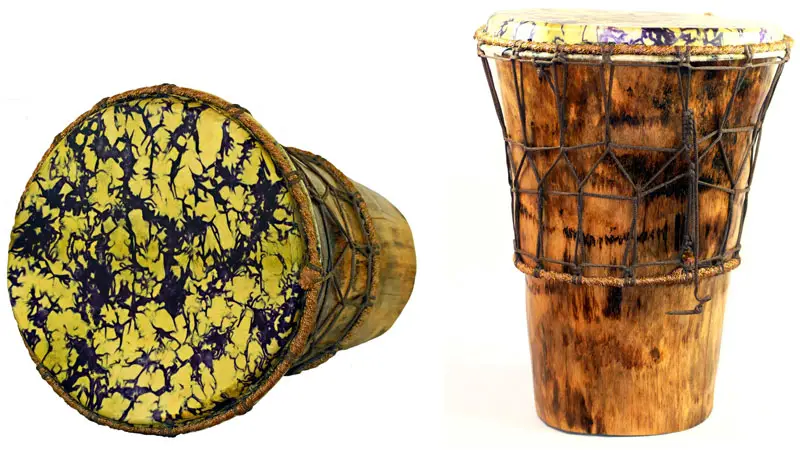
Made of hardwood and goatskin, the Ashiko has an open bottom and is over 11,000 years old. It’s given rise to many variations, such as the Cuban boku and Brazilian timbau.
As it uses hand strikes to produce tones, it has a wider range than many modern drums.
2. Bass Drum
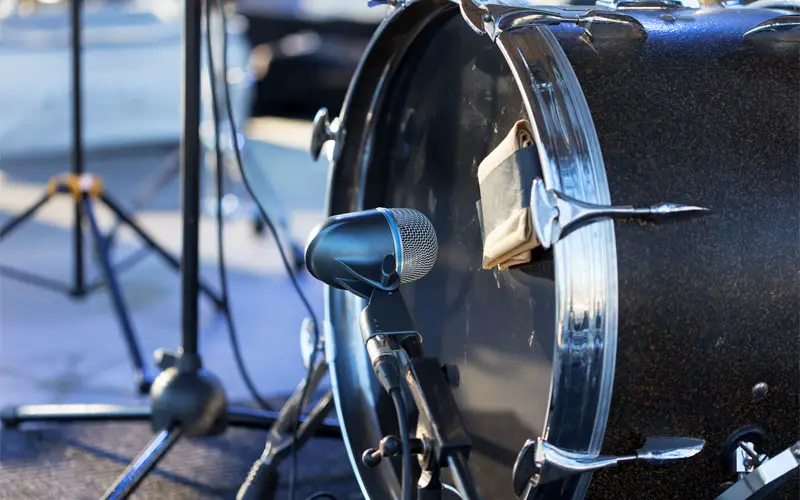
This is actually a group of different drums, with some being used on their own and others being used in drum sets. They’re played using a padded mallet, either by hand or with a foot pedal.
3. Basler
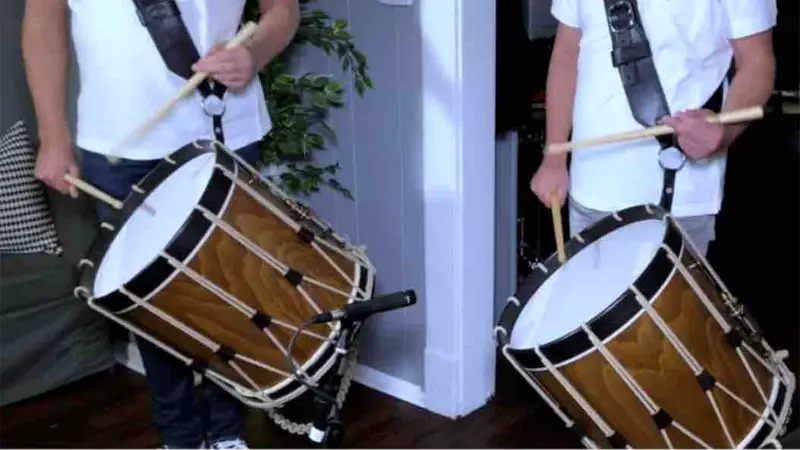
This Swedish drum is double-headed and played using drumsticks. It’s most popularly used in the Carnival of Basel, where 2,000 drummers gather to play the instrument together.
4. Bodhran
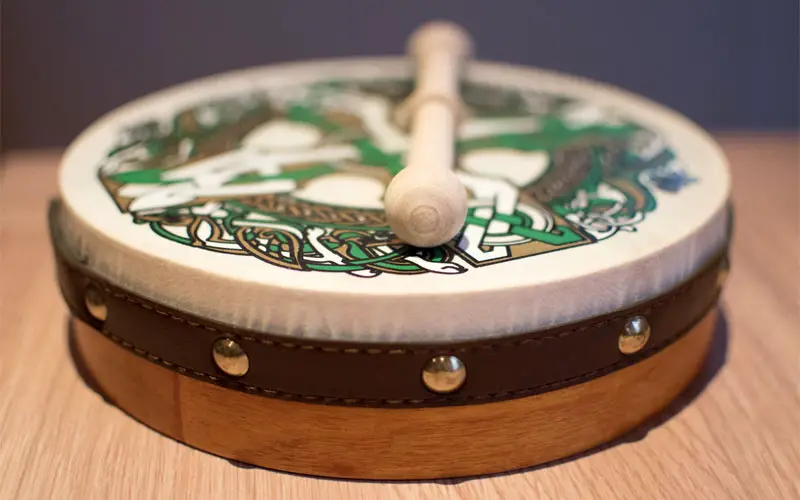
Traditionally made of wood and goatskin, the bodhran is a large frame drum measuring 12 to 24 inches in diameter with a depth of only 4 to 8 inches. Modern bodhrans are made with synthetic materials but sound similar to their traditional counterparts.
The instrument is capable of numerous pitches due to the ability to tighten its skin with a key, as well as tone changes depending on whether it’s struck on the inside or outside.
5. Bongo
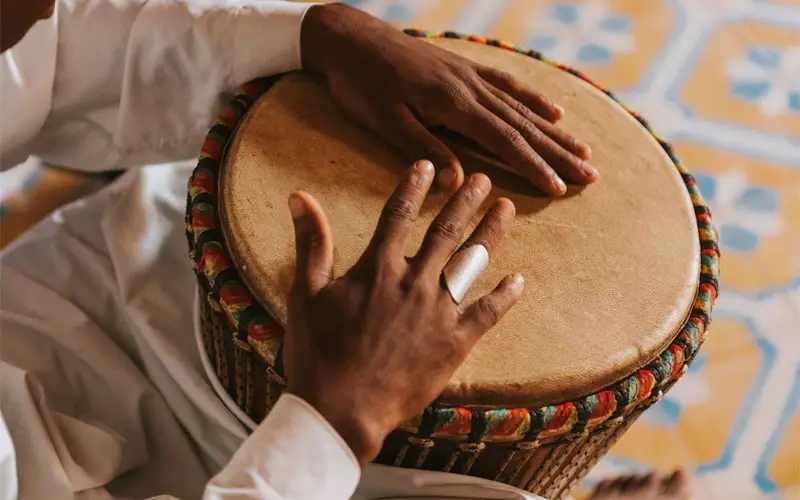
The bongo is actually a set of two African drums, the hembra and smaller macho. Made traditionally of wood with a tapered shell, many modern bongos are made of fiberglass and metal, which can alter their tone.
These instruments are very popular in Caribbean music, but are also a common choice for street musicians due to their versatile playability.
See Also: 13 Types of Bagpipes
6. Conga
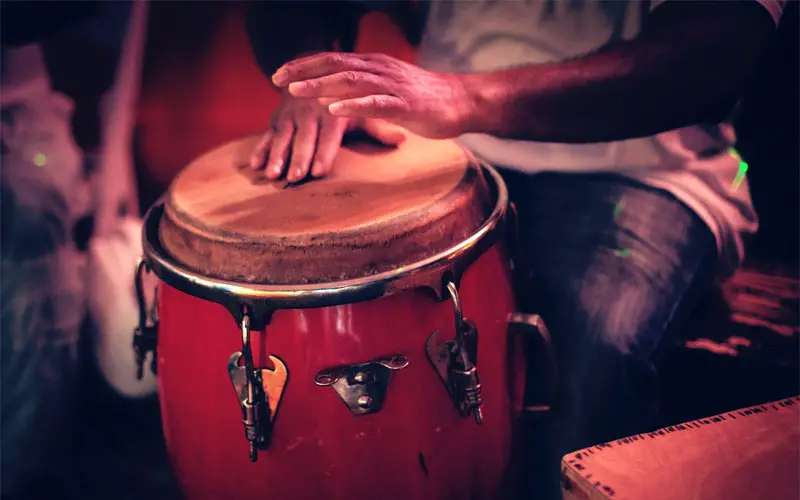
Originally used by the Kongo people in Africa, the conga drum has become a staple in Cuban music. They are available in sets, consisting of two or three different sizes to produce multiple tones. These include the smaller quinto, the conga itself, and the bigger tumbla.
7. Darbuka
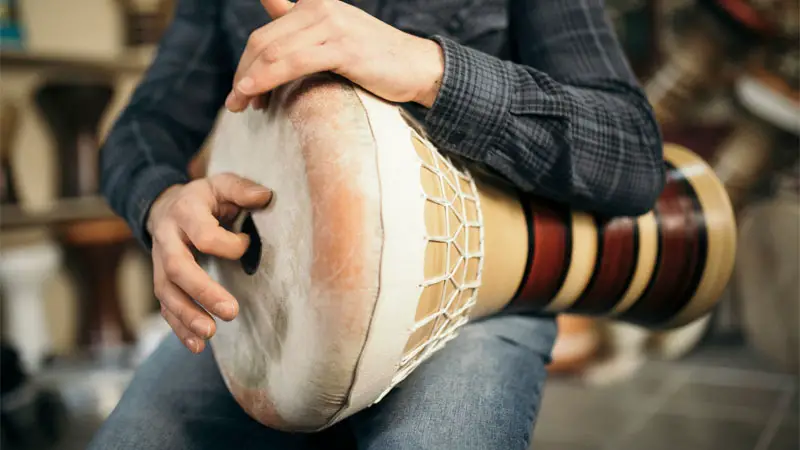
This goblet-shaped drum is most popular in Southwest Asia, but can also be found in Africa and Eastern Europe. The hollow shell can be made of clay, metal, or wood, and the tone and type of sound produced changes depending on where the player strikes it.
8. Djembe
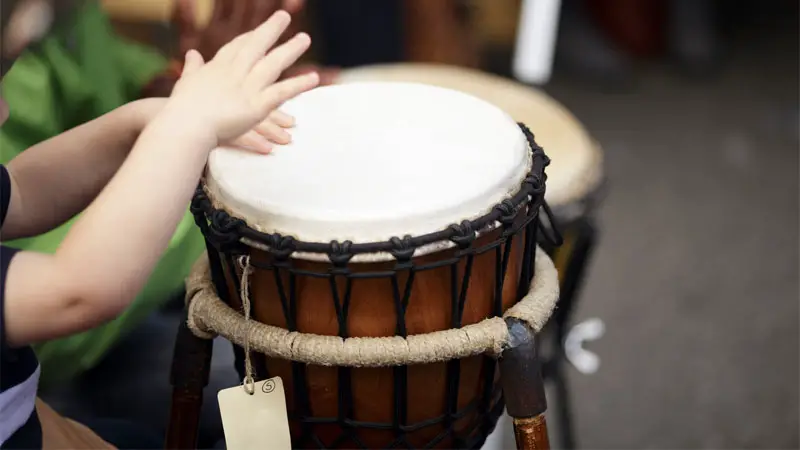
Perhaps one of the most famous African drums available, the djembe is able to produce a surprising number of pitches. It’s goblet-shaped and made of Lenge wood and goatskin. Different sounds are produced depending on where the drum is struck.
9. Foot Drum
Made from a hollowed-out log, this type of Native American drum isn’t as common today as it once was. Two notable cultures that used variants of foot drum were the Hopi and Mēxihcah. The logs were generally placed over wood pits and created a deep tone when tapped.
See Also: 13 Types of Harps
10. Gong

This type of single-head frame drum resembles a gong and is played using a mallet. The tones are adjustable, giving it a range of potential sounds.
11. Hoop Drum
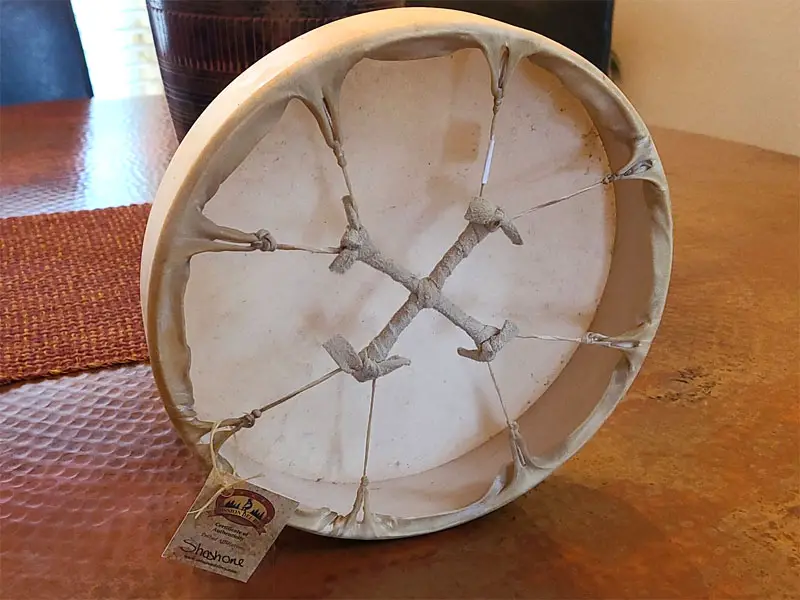
The most popular type of Native American hoop drum comes from the Tarahumara. It resembles a frame drum, except both sides are covered in goatskin. They’re far more versatile than hand drums as a result.
Read Also: 14 Types of Saxophones
12. Pandiero
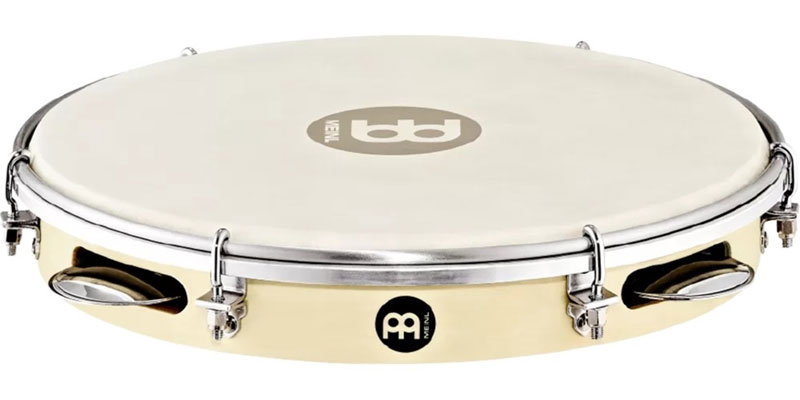
This Brazilian frame drum closely resembles traditional skinned tambourines. It has a very shallow shell, hide skin, and small cymbals made of brass or copper. The instrument is most famously used at weddings and ranges from 8 to 12 inches in diameter.
13. Powwow Drum
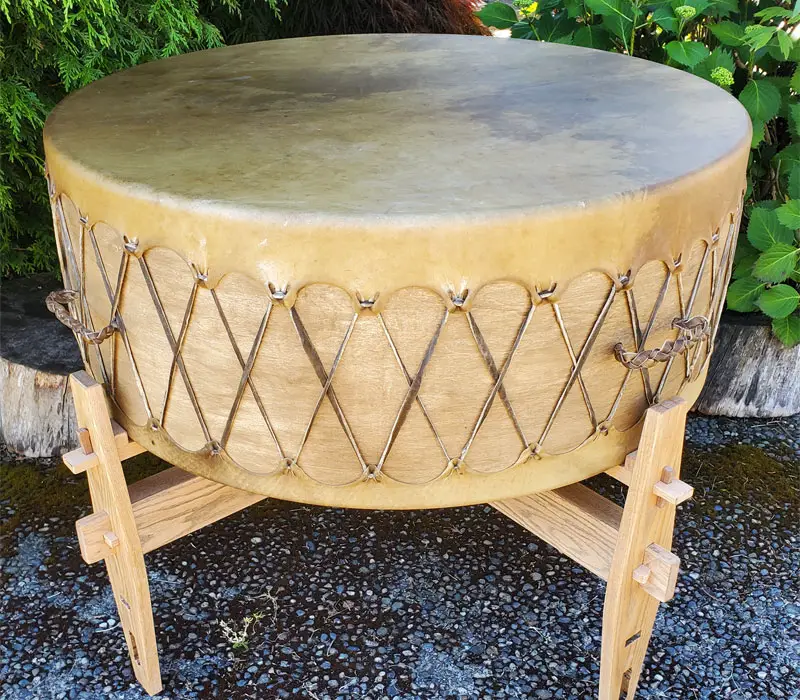
One of the most famous Native American drums, the powwow drum is used in large gatherings. Its skin is either deer or buffalo hide, and the marge size allows for deep tones that carry. A powwow drum is used as a sort of metronome, keeping the beat for both song and dance.
14. Snare Drum
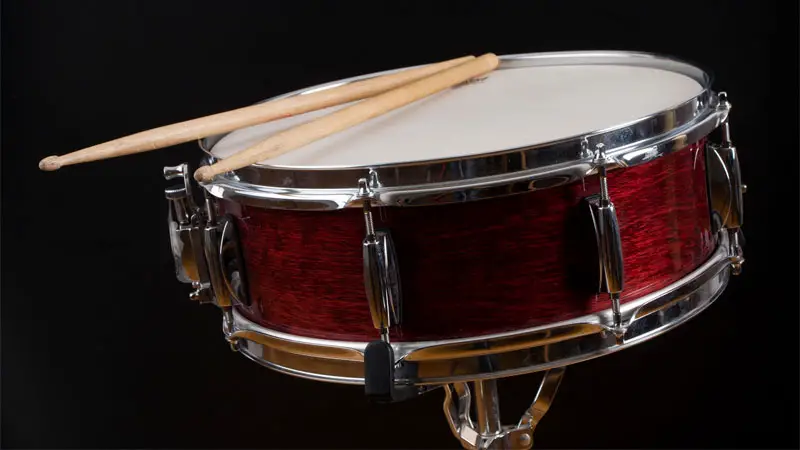
One of the more versatile types of drum, a snare can be mounted on a stand or worn using a strap. The name comes from the metal snares on the underside which may be tightened or loosened to change its sound.
Today, snare drums are rarely considered their own instrument and are part of standard drum sets. Side drums are a type of snare drum mainly worn on the hip.
See Also: 13 Types of Cellos
15. Spinner Drum
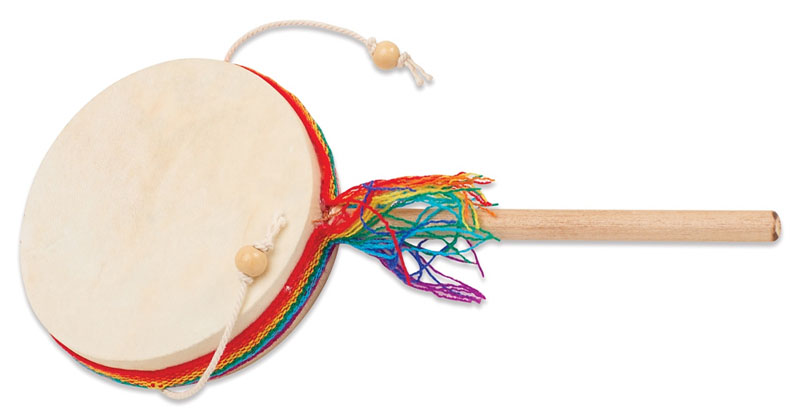
One of the more unusual Native American drums, the drum itself is only a few inches wide and is attached to a pole. Two beaded strikers are attached at the top. When the pole is spun, the beads stroke the rawhide scrum surface.
It’s most commonly considered a children’s instrument.
16. Tabla
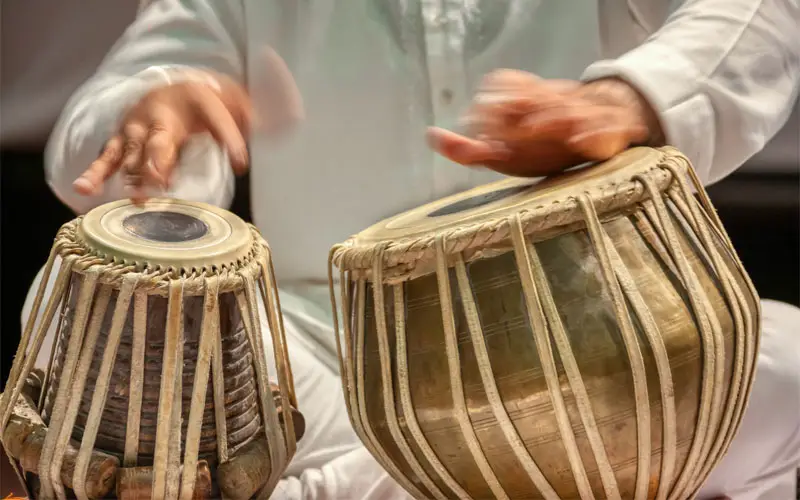
This pair of drums from India are not only different sizes, but different materials as well. The larger bayan uses a brass shell, while the dayan is made of rosewood or teak. The two drums use hide to cover the shells and produce distinctly different pitches.
Depending on the hand styles used, the tabla is able to produce a surprising range of sounds.
17. Talking Drum
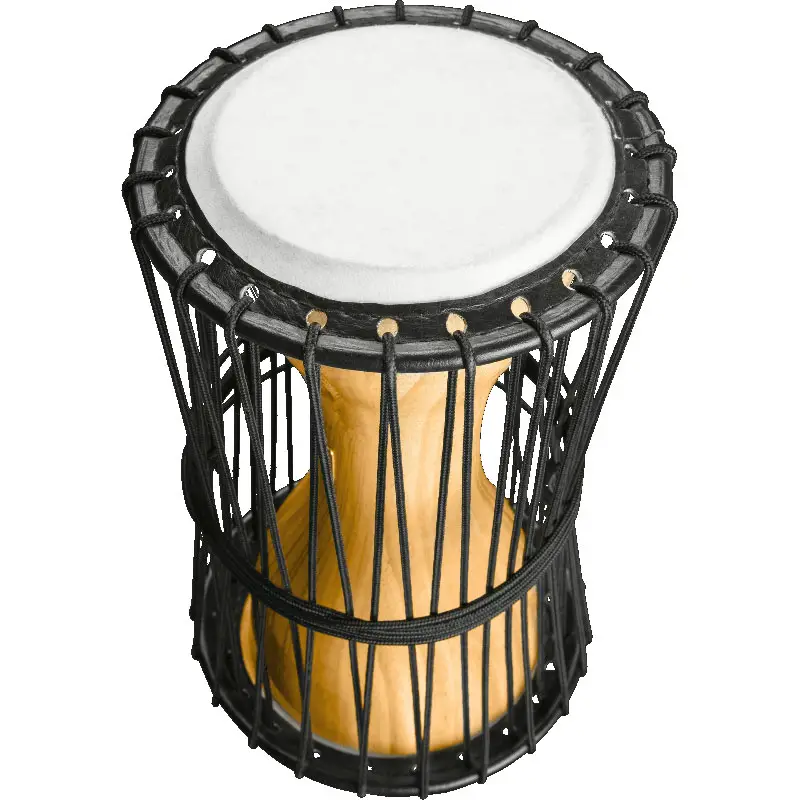
A very old type of African drum, this instrument is squeezed by the player’s arm, altering the tension in its ropes and allowing the instrument to create a wide range of tones when struck with its mallet.
As the name suggests, this drum is one of the types traditionally used for sending messages over long or short distances.
18. Tambourine
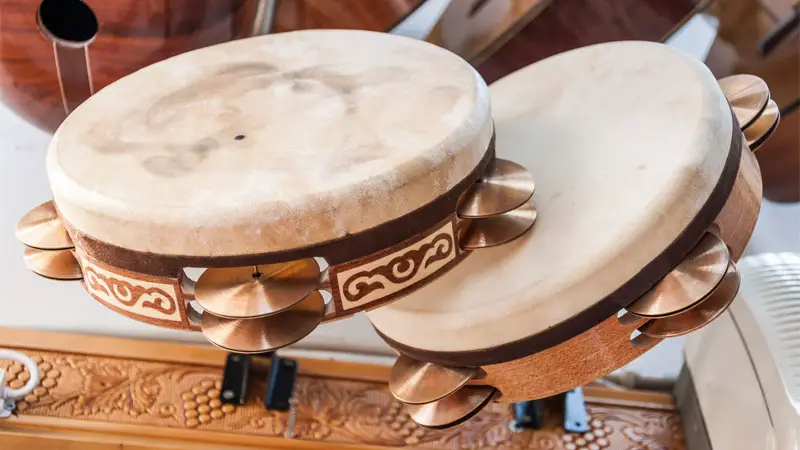
While it might not look like a drum, traditional tambourines actually use animal hide striking surfaces and may or may not include the miniature cymbals. Hideless tambourines are most often played by shaking or striking, but those with hide allow for more traditional hand and finger striking.
19. Tenor Drum
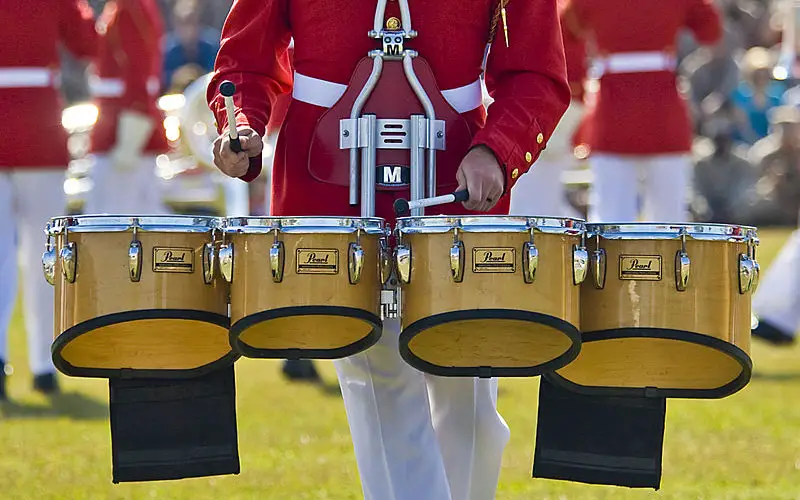
A traditional drum worn on a strap. This is the type often pictured as being played by the Little Drummer Boy or by Revolution Era military drummers.
20. Timpani
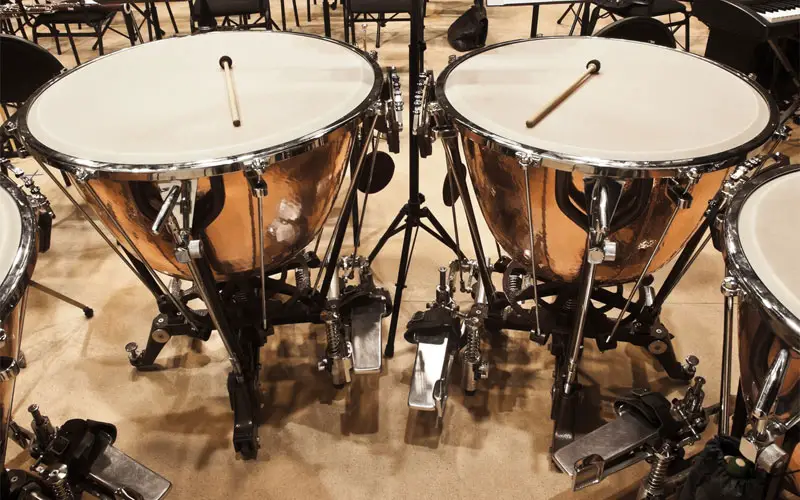
These massive drums are commonly referred to as kettle drums. They’re played on the floor using a combination of fel mallets and a pedal, allowing them to produce a variety of pitches. You will most often find the timpani being played as a concert instrument due to its size.
21. Tom-Tom (AKA Tom Drum)
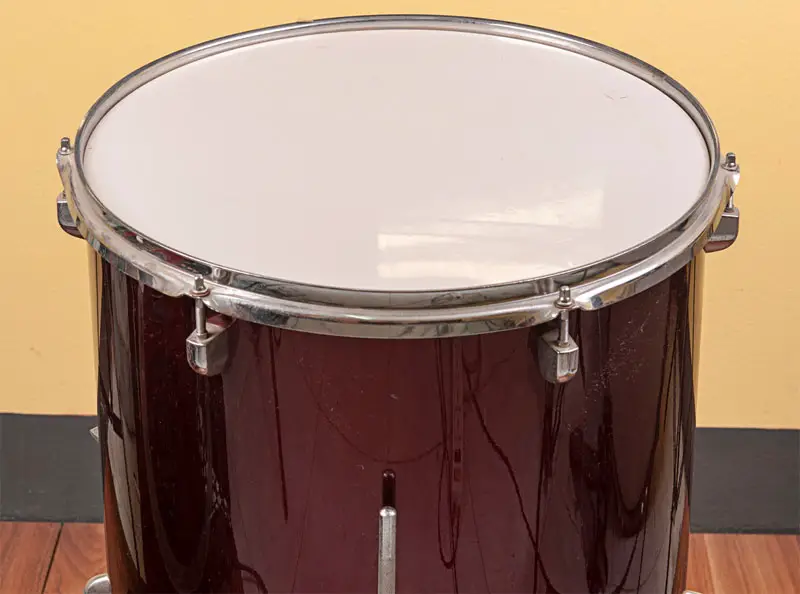
Rarely played on its own, the tom-tom is a popular component in a drum set. It can range in size from six to 24 inches and resembles a snare drum without the snares.
22. Udu
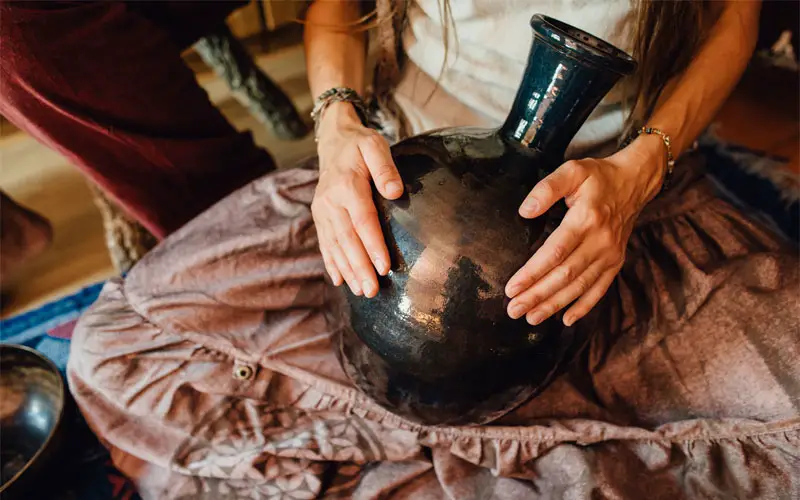
Literally meaning “pot”, the African udu is a modified clay pot with a hole in the side. It’s played either empty or with water inside, allowing for tonal changes. Notes are produced by striking the side hole while also covering and uncovering the top hole, producing a very unique sound.
23. Water Drum (Iriquois)
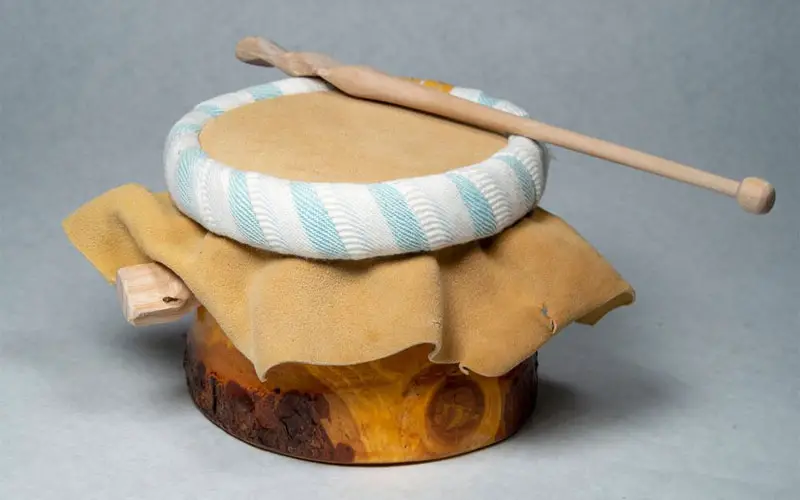
Water Drums are an entire family of Native American drums, and the Iriquois version is a small wood and hide version. To change the tone, water is added or removed from the drum. The wetness of the skin also affects tone, making this a surprisingly versatile instrument.
24. Water Drum (Yaqui)
A simple yet ingenious type of drum, the Yaqui’s version of a water drum consists of a gourd cut in half and a basin of water. The gourd is placed in the water and struck with a stick, causing the water to resonate and produce sound.

